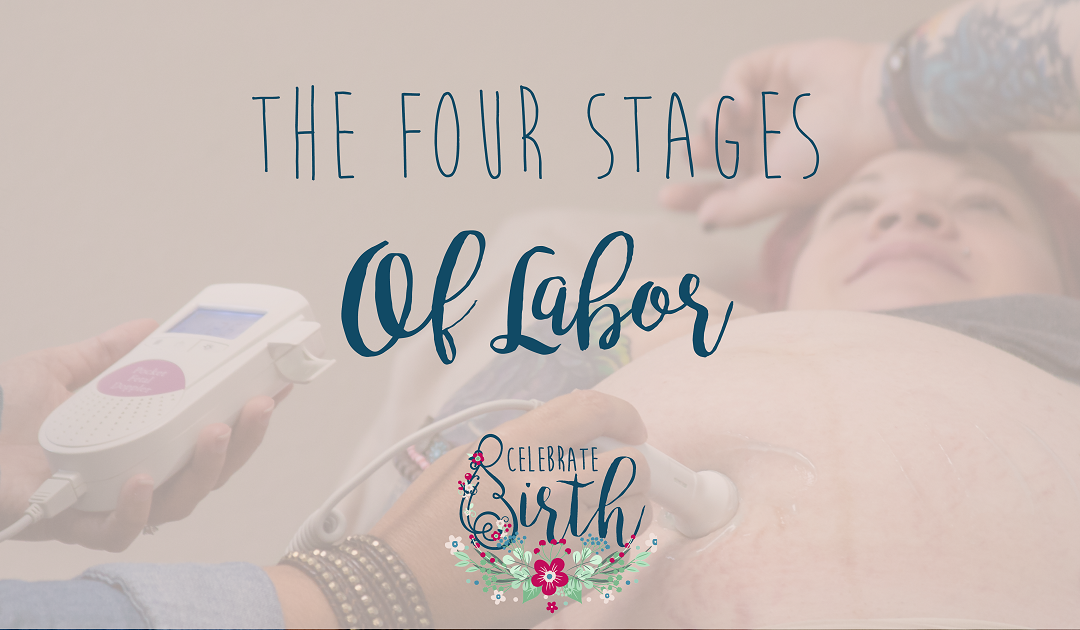The Four Stages of Labor
If this is your first pregnancy, or even if it isn’t, you may not be aware of all of the things that happen with your body during labor. The process is actually broken down into four stages of labor, and within each stage there are different phases that you will experience. The time lengths and intensities can vary from person to person depending on different aspects of your pregnancy, but all in all, this is a good footprint for how you will likely progress through labor.
There is a phase that happens before the four stages of labor known as pre-labor. This encompasses all of the contractions that you have during the last few weeks of your pregnancy before “real” labor starts. These early contractions are often known as Braxton Hicks contractions. Some women never feel these contractions, so don’t feel worried if you are one of them! The best way to know that you are in pre-labor and not real labor is that your contractions will stop as you continue doing other things, whereas real labor will keep progressing until your baby is born.
First stage of labor:
The first stage of labor is perhaps the longest stage and has three different phases: early labor, active labor, and transition to second stage. This stage often times can begin when you are at home doing your normal routine without you even realizing.
Early labor begins when your cervix starts to dilate and lasts till you are about 4 cm. During this phase you should try to continue doing your usual activities as well as relax, rest, drink clear fluids, eat light meals, and keep track of your contractions. The second phase, active labor, begins when you are 4 cm to 7 cm. As your labor progresses to this phase you will want to be arriving at the birth center, hospital, or if you are having a home birth head to the room where you will be giving labor.
Your labor pains and contractions will become noticeable during the active labor phase. The last phase is the transition, when you dilate all the way to 10 cm. For most, this will be the hardest or most painful part of labor. This is where you can rely on your labor-coping skills to manage your experience.
Second stage of labor:
Once you have dilated to 10 cm you have entered into the second stage of labor. Your contractions you are experiencing during this stage are pushing the baby down the birth canal, and you might start to feel the urge to push at this time. You will begin pushing during contractions and resting when your body relaxes. The length of this stage can vary tremendously depending on certain factors like the position of your baby, the size, and if this is your first birth. Once your baby is all the way down the canal you will push them completely out, which will end the second stage.
Third stage of labor:
The third stage is also known as afterbirth. After the birth of your baby, your uterus continues to contract in order to push out the placenta. This stage is considerably shorter than the others, lasting around 5-30 minutes.
Fourth stage of labor:
This stage takes place during the two or three hours after birth when your uterus continues to contact expelling any remaining birthing materials and shrinking back down in size. If you are planning on breastfeeding your baby, most encourage you to begin nursing right after birth, as it will help your uterus contract and decrease the amount of bleeding. Breastfeeding also stimulates the production of the hormone oxytocin.
To learn more about what happens to your body during labor and how you can help the process be as quick and easy as possible, consider taking one of the childbirth classes at The Nest!

